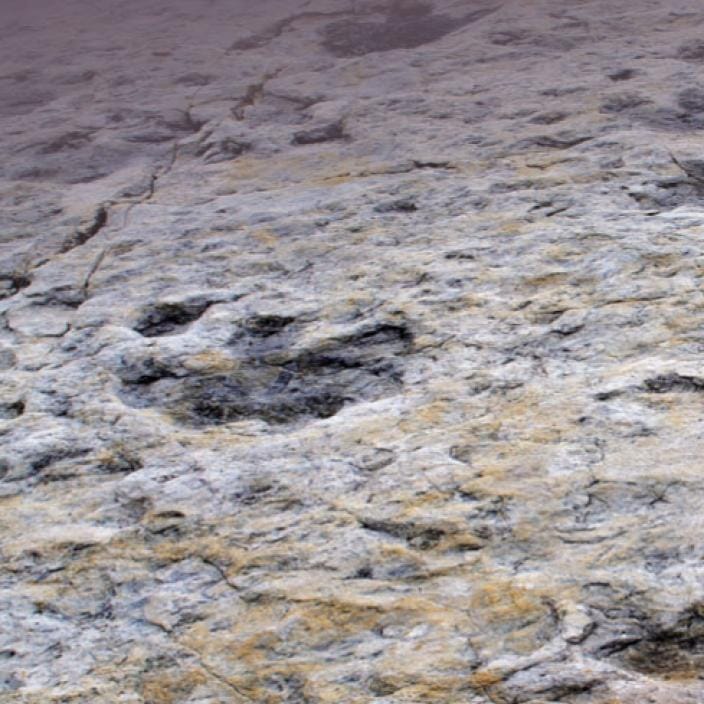The picturesque Greek island of Santorini, renowned for its iconic white-washed buildings and tourist attractions, has been at the center of intense geological activity over the past week. A seismic swarm, featuring over 800 recorded earthquakes, has left residents and tourists in a state of unease. This unusual event has also given rise to concerns about potential volcanic activity, as the island’s history is intricately tied to one of the most significant volcanic eruptions in recorded history.
The tremors, ranging in magnitude from 2.8 to 5.2, have been concentrated underwater between Santorini and the nearby islands of Amorgos, Anafi, and Ios. The depth and frequency of these earthquakes have caught the attention of seismologists and government authorities. In response, the Greek government declared a state of emergency on the island and initiated precautionary measures, including the evacuation of over 10,000 residents and tourists.
Residents have recounted the continuous vibrations, describing them as both unsettling and disruptive. Many have left their homes, staying with friends or seeking refuge on the mainland. The island’s schools were also closed, and authorities have restricted traffic in certain areas to ensure public safety.
Historical and scientific contexts add a layer of significance to the current seismic activity. Santorini’s current topography was largely shaped by a catastrophic volcanic eruption around 1600 BCE, an event that left an enduring mark on both the island and history. Though the ongoing tremors have not triggered volcanic eruptions so far, scientists are closely monitoring the situation. Special attention is being given to fluctuations in volcanic gas emissions and other early warning signs of potential eruptions.
The fault line currently activated extends for about 120 kilometers, though only a segment between Santorini and Amorgos has shown activity. Experts have stated that the underwater epicenters are a mitigating factor, as land-based seismic activity could pose significantly more hazards.
Preparedness plans have also been bolstered to address the potential for a volcanic event. Emergency services have conducted readiness drills, while naval and air forces have been placed on alert to assist in possible evacuations. Specialized teams are using advanced seismic analysis and forecasting to predict shifts in activity, though the erratic nature of tectonic movements presents ongoing challenges.
For residents, business owners, and tourists, the potential economic impact of the earthquakes is another growing concern. Santorini, like much of Greece, relies heavily on tourism. With many visitors leaving the region or canceling trips due to safety concerns, local businesses are already feeling the economic strain.
While authorities stress the importance of cautious optimism, they have urged calm and adherence to safety guidelines. Information hotlines and other resources are being made available for those seeking information or in need of assistance.
Seismologists have underlined the importance of continued research and vigilance but have reassured the public that their focus is to mitigate risk while keeping everyone informed. As updates become available, those monitoring the Santorini seismic swarm hope that their studies will not only address immediate safety concerns but also contribute to a broader understanding of geological phenomena in volcanic regions.



